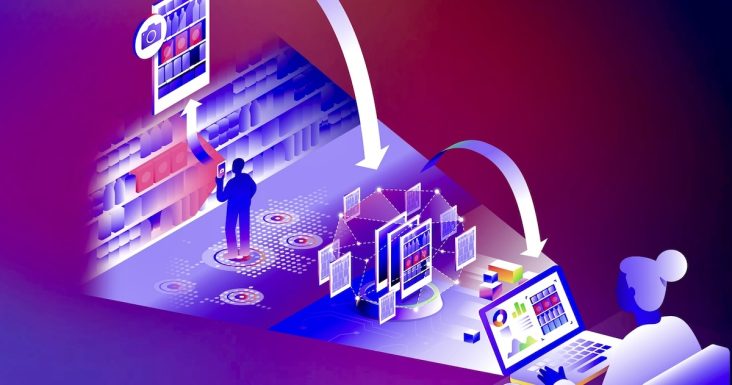Summary
NPS scores are under stress, because digital companies like Netflix and Uber have set a new standard for customer experience offering simple, intuitive, and personalized interactions that keep users coming back. The B2C segment remains one of the biggest revenue contributors for telcos and increasing consumer loyalty for growth is non-negotiable.
Source: The Fast Mode

AI News Q&A (Free Content)
Q1: What are some innovative strategies telcos are using to enhance customer loyalty in the current competitive market?
A1: Telecommunications companies are innovating by employing predictive modeling to forecast customer churn and tailoring loyalty programs that incentivize continuous engagement. For instance, some companies are adapting B2C predictive tools for B2B markets, focusing on personalized customer experiences to enhance loyalty. This approach helps in understanding customer behavior and customizing services to meet specific needs, ultimately increasing loyalty and reducing churn.
Q2: How do loyalty programs function as a marketing strategy in the telecom industry?
A2: Loyalty programs in the telecom industry function by rewarding customers for continued use of services, often through a points system or discounts. These programs are designed to encourage customers to remain with a provider by offering benefits that enhance the overall value of their services. An example is Kroger Wireless, which integrates loyalty offers with in-store shopping, providing wireless rewards to customers using loyalty cards during purchases.
Q3: What role does customer advocacy play in enhancing loyalty in the telecom sector?
A3: Customer advocacy in the telecom sector plays a crucial role in enhancing loyalty by fostering a positive relationship between the company and its customers. When customers feel valued and satisfied, they are more likely to advocate for the brand, which can lead to increased customer retention and acquisition. Studies show that increased attitudinal loyalty boosts customer advocacy and cross-buying behavior, emphasizing the need for telcos to offer valuable and relevant services.
Q4: How are telcos addressing the challenge of price discrimination while maintaining customer loyalty?
A4: Telcos address price discrimination challenges by understanding the cost asymmetry and loyalty behavior of their customers. They utilize game-theoretic models to balance pricing strategies with loyalty incentives, ensuring competitive pricing without compromising profitability. This involves analyzing market shares, product costs, and customer-specific loyalty levels to devise strategies that maintain customer satisfaction and loyalty despite varying production costs.
Q5: What insights have recent studies provided about the impact of customer loyalty on market outcomes in the telecom industry?
A5: Recent studies highlight that customer loyalty significantly influences market outcomes such as prices, market shares, and profits. Through loyalty programs and personalized customer experiences, telcos can maintain competitive pricing even with higher product costs. By enhancing customer loyalty, companies can secure their market position, ensuring sustainable growth and profitability in a competitive landscape.
Q6: How does the integration of B2C predictive tools in B2B markets benefit telcos in enhancing customer loyalty?
A6: The integration of B2C predictive tools in B2B markets benefits telcos by providing insights into customer behavior and preferences. This allows them to tailor services and offerings specifically for B2B clients, enhancing customer satisfaction and loyalty. Such predictive modeling helps telcos anticipate customer needs, reduce churn, and foster long-term relationships with business clients, ultimately contributing to increased loyalty and revenue.
Q7: What challenges do telcos face in implementing loyalty programs, and how can they overcome these challenges?
A7: Telcos face challenges such as understanding diverse customer needs, managing costs, and ensuring program engagement. To overcome these challenges, they can leverage data analytics to gain insights into customer behavior and preferences, tailor loyalty programs to meet specific needs, and continually evaluate program effectiveness. Additionally, investing in technology and personalized experiences can help telcos create compelling loyalty programs that resonate with customers.
References:
- Loyalty program
- Increasing loyalty using predictive modeling in Business-to-Business Telecommunication
- Price Discrimination in the Presence of Customer Loyalty and Differing Firm Costs





